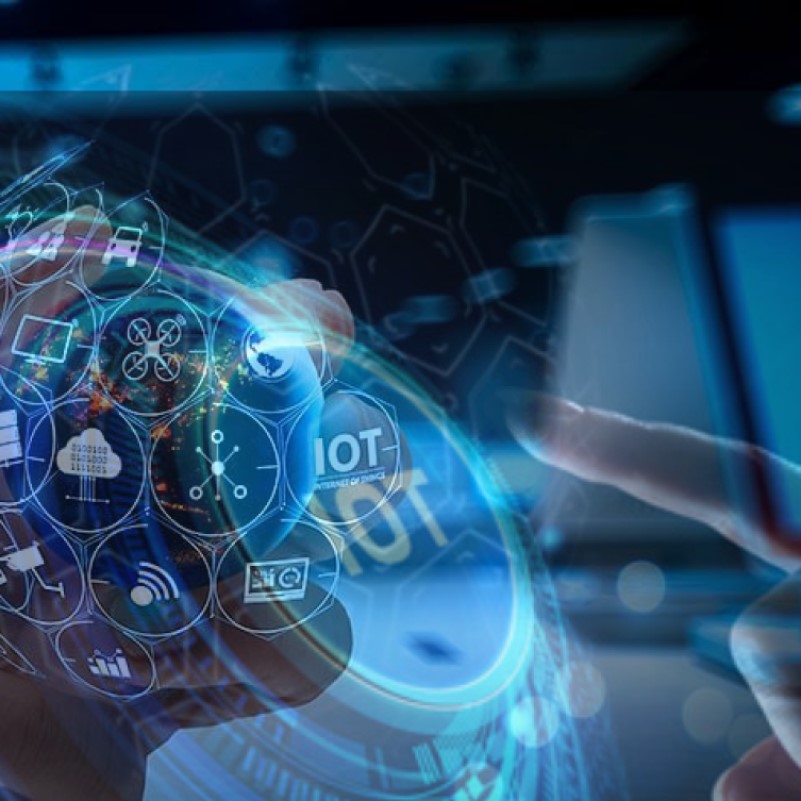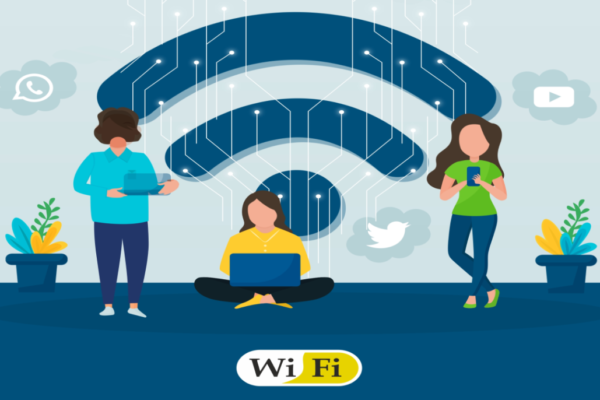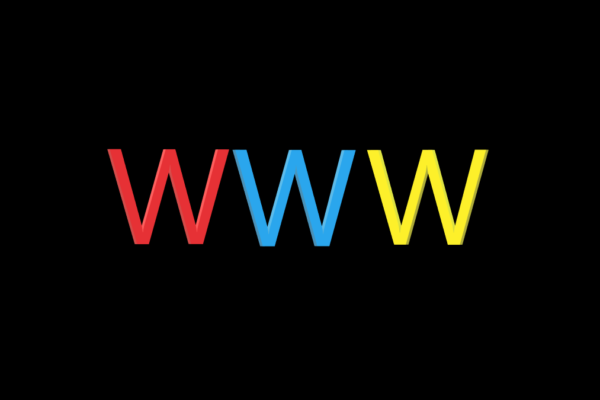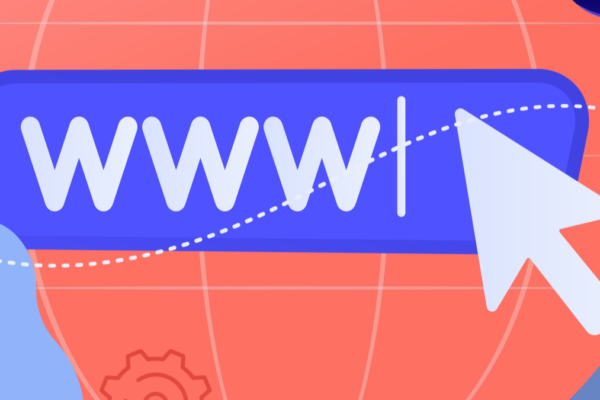In the Internet of Things, “things” refers to everything and everything in daily life that may be accessible or linked via the internet.
IoT is a very sophisticated automation system and has major utility in analytics systems too and because of these twin aspects finds a major role in emerging technologies too like artificial intelligence, cloud computing and many more. IoT brings more transparency, efficiency and productivity to the system.
We have a platform, such as a cloud, that stores all of the data and allows us to link everything around us. For example, in a house, we may link our home equipment such as air conditioners, lights, and other devices to each other and manage them all from the same platform. Here, we will go through history of IoT, advantages, disadvantages and future prospects
HISTORY
The term “internet of things” is not new and have been in use in some form for two decades. However, the concept of linked gadgets had been known for a long time, at least since the 1970s. The concept was sometimes known back then as ‘Embedded Internet’. However, Kevin Ashton created the term “Internet of Things” in 1999 while working at Procter&Gamble. Ashton, who worked in supply chain optimization, sought to bring the attention of top management to a new and innovative technology called RFID.
Even though Kevin piqued the curiosity of several P&G executives, the phrase “Internet of Things” did not catch on for the following ten years.
KEY FEATURES
Connectivity: Connectivity refers to the establishment of a secure link between all IoT devices and the IoT platform, which might be a server or the cloud. Only connecting the devices does not complete the process, the need then is to provide interconnection and high-speed messaging system between those devices and also storage needs arise
Analysing: After connecting all of the important pieces, it’s time to analyse the data obtained in real-time and apply it to develop efficient business intelligence. If we have a strong understanding of the data obtained from all of these sources, we refer to our system as smart.
Merging: The Internet of Things (IoT) is integrating diverse concepts to improve the user experience.
Artificial Intelligence: The Internet of Objects (IoT) uses data to make things smarter and improve people’s lives. For example, if a coffee machine’s beans are about to run out, the coffee machine will place an order with the merchant for the coffee beans of your choosing.
Sensing: In IoT technologies, sensor devices detect and measure changes in the environment and report on their state. The Internet of Things (IoT) has the potential to then convert the essentially inactive networks to active networks. There could be no functional or real IoT ecosystem without sensors.
Active Engagement: The Internet of Things (IoT) allows linked technology, products, and services to engage in active communication with one another.
ADVANTAGES of IOT
Productivity
The most important advantage of IoT system is that the mundane and routine, day-to-day activities can be automated and the employees of an organisation can focus dedicatedly on solving the issue and problems that require out-of-box thinking and the extra time and effort that is now available can be put to use in that sense
Efficiency
Not only does productivity increase but we also notice an enhancement in the efficiency and various aspects of businesses whether it is inventory handling or delivery tracking can be done in much more impactful ways.
Usability
With the combined benefits of increased productivity and efficiency, the resources can be utilised in a much better way and if the usability quotient increases then it leads to a decrease in the overall costs incurred in the systems and processed and can lead to positive ripple effects across the value chain
Cost-effective
The equipment may have a better production rate, resulting in higher profitability, due to decreased downtime times assured by autonomously planned and regulated maintenance, supply of raw materials, and other manufacturing requirements. IoT devices, once again, considerably simplify management within specific departments as well as throughout the whole company structure.
Quality service
Because of the enhanced efficiency, a firm that employs IoT solutions may provide a broader selection of services or goods, or improve the quality of those services or products in a much more competitive pricing structure. Overall, smart solutions increase a company’s competitiveness and attractiveness as a possible business partner.
Business Appeal
Customers, investors, and other business partners who are aware of the multiple benefits given by the Internet of Things are likely to favour a firm that uses high-tech solutions, particularly IoT. Furthermore, if a firm provides a safe and secure working environment, it is simpler to recruit highly sought-after skilled employees.
DISADVANTAGES of IOT
Privacy concerns
Although the Internet of Things has a lot of advantages, it also has a lot of drawbacks. For starters, it raises privacy issues. Many individuals are hesitant to provide personal information on the internet. They are concerned about who may view and misuse their information. To address such challenges, businesses must guarantee that consumers’ data is kept safe while also giving the greatest level of ease.
Lack of Standardisation
There isn’t a lot of consistency across manufacturers. Each organisation creates its unique solutions. As a result, customers find it difficult to pick amongst the different possibilities provided. Furthermore, there are no standardised data gathering or transmission protocols across different devices. This makes integrating various systems into a single network challenging.
Compatibility
Because devices from various manufacturers will be linked to one another, there will be a problem with tagging and monitoring increments being comparable. Even if manufacturers create a uniform standard, there’s a potential that technological issues may continue. Even though we have wireless gadgets, there are still compatibility issues. Individuals may purchase items from a different manufacturer due to compatibility concerns, causing its oppressive business strategy to be on the lookout.
Data Storage issues
Inadequate storage capacity is another concern linked with IoT. Because the data provided by the sensors is so large, storing it on a single device or server is problematic. This issue may be remedied by utilising cloud computing technology, which allows massive volumes of data to be stored in one location for convenient access.
Employment Issues
This is one of the issues that the developing countries are laying a great emphasis on. What the impacts will be of automation is still not certain and whether it will lead to an increase in the salaries only of the trained and expert professionals and the untrained or semi-skilled professionals will lose the job is still a matter of debate, but yes, a thorough study is required before large scale adoption of these technologies in some relevant sectors.
FUTURE PROSPECTS
There are a huge number of present and planned Internet of Things devices. Consumers frequently connect with IoT devices via their cellphones, whether it’s a smart speaker or a home thermostat. Connected gadgets provide convenience, such as assisting you in making a grocery list, as well as cost savings, such as when you dial down the heat at home while on vacation.
IoT devices will be adopted by a range of actors and that will include not only consumers but by societies and cities at large. IoT has a major role to play in making our systems smarter, it has its use not only in traffic management but in waste management, water supplies, power supplies and a range of many other sectors. Smart home hubs, thermostats, lighting systems, and even coffee makers gather information on your preferences and use trends. When you set up voice-controlled devices, you give them permission to record what you say and save it in the cloud. In most situations, the data is gathered to aid in what is known as machine learning. Here, we have seen there are many advantages of IoT but there exists some challenges too that needs to solved and get through, but overall we feel IoT has a potential to do radical changes in our lives and we hope it is done for a greater good.





